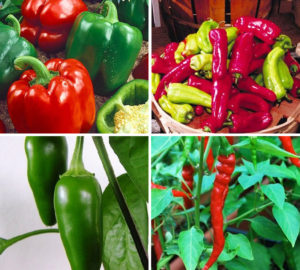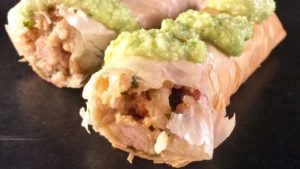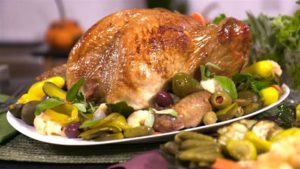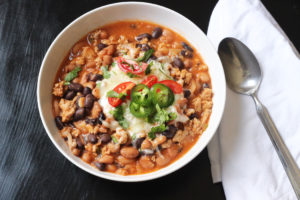Stuffing with White Castle or Krystal burgers? Yes, it’s a thing.
Hamburger chains White Castle and Krystal want to help you with your Thanksgiving dinner this year. Courtesy Krystal
NOVEMBER 22, 2017 11:16 AM
And the debate rolls on — stuffing or cornbread dressing? Chicken and dressing or oyster dressing? Oyster dressing with rice or cracker? Common sense or a stuffing made out of little hamburgers?
The hamburger chain White Castle has introduced a stuffing just in time for Thanksgiving. It has all of the regular dressing items such as celery and sage. And five White Castle sliders. For those of us not living close to a White Castle, they can be found in the freezer section of most grocery stores.
Grub Street reports the chain’s stuffing recipe was developed by an employee who wanted to “enhance grandma’s recipe.”
The secret to the stuffing? Remove the pickles from the sliders, of course.
A news release from the company stated the recipe was actually created in 1991.
But why, you may ask.
“White Castle’s Turkey Stuffing recipe puts a classic Craver touch on the popular traditional side dish,” said Jamie Richardson, vice president of White Castle in the news release. “Using the Original Slider, cooked in your own home or in one of our restaurants, gives the stuffing a unique flavor that’s sure to satisfy every guest.”
And not to be outdone by White Castle, Krystal has not one but two stuffing recipes. The secret to Krystal’s recipe is also removing the pickles.
THE ORIGINAL WHITE CASTLE STUFFING RECIPE
Prep Time 5-10 minutes
Cook Time 35 minutes
- 10-12 White Castle Sliders (from the restaurant with the pickles removed or picked up from your local retailer)
- 1 ½ cups diced celery
- 1 ¼ teaspoons ground thyme
- 1 ½ teaspoons ground sage
- ¾ teaspoons coarse ground black pepper
- ¼ cup chicken broth or 1 cup for casserole version
In a large mixing bowl, tear the sliders into pieces and add the celery, thyme, sage, and black pepper. Add ¼ cup chicken broth and toss well. Stuff the ingredients into the cavity of the turkey before roasting and then simply cook the turkey. Or, place into casserole dish; add an additional ¾ cup of chicken broth, toss, and bake at 350 degrees for 35 minutes. The recipe makes about 9 cups of stuffing (enough for a 10-12 pound turkey).
Note: Allow one slider for each pound of turkey, which will be the equivalent of ¾ cup of stuffing per pound.








